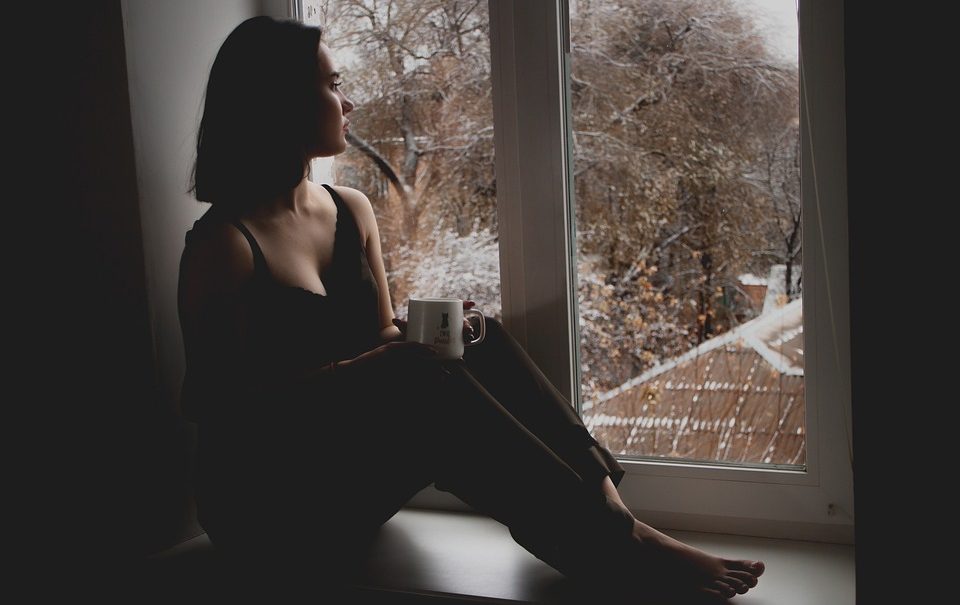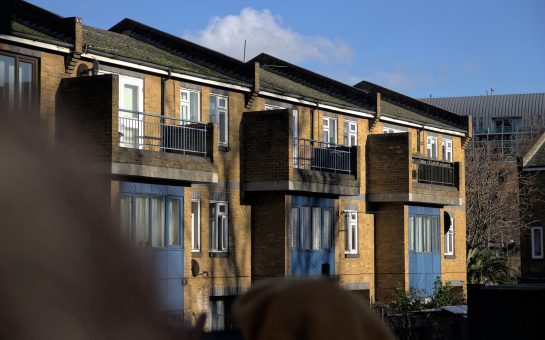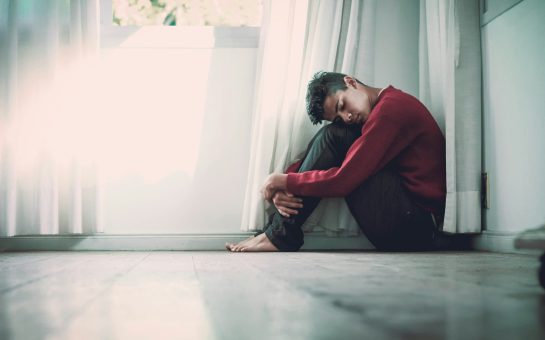Women are more likely to experience some form of depression or anxiety than men, according to surveys conducted in recent years.
Data suggest that levels of mental health issues have spiked amidst the ongoing crises the world has experienced since 2020.
In the United Kingdom, figures show a significant rise in the number of depression and anxiety issues reported in the course of the last three years – with a consistent gap between men and women.
According to a survey from the Office for National Statistics (ONS), 19% of women across all age groups reported experiencing some form of depression in 2022 compared to 14% of men.
The British Association for Counselling and Psychotherapy (BACP) also carried out in February 2023 its own survey with YouGov, focusing on Londoners’ mental health over the past five years.
Results showed a similar disparity in the levels of depression or anxiety reported by men and women, with 47% of men saying that had experienced depression or anxiety in the past five years compared to 62% of women.
Various factors
For BACP-accredited therapist Nicola Vanlint, based in South West London, this difference can be partly explained by the different ways in which men and women are brought up in most societies.
She said: “In their upbringing men aren’t invited to have their emotions, whereas women are, from a very young age, and within a family the woman takes on the emotional role.
“Even if things have changed and there’s more equality in a lot of households, men still typically don’t play as much the emotional role.”
As many studies on this topic have observed over the years, like research group Frontiers, women are generally more likely to seek help and open up about mental health issues than men – who are still liable to perceive depression as a failure or weakness and seek other ways to ‘numb’ their emotions.
On the biological side of things, the different hormonal factors in both genders can also play a major part in the way they interpret and express their emotions.
“Most women have some sort of emotional disturbance or deregulation when it comes to monthly cycles and menopause,” Vanlint explained.
“I remember that the week preceding my periods, I would feel depressed or anxious and I learnt to manage it through my job, but it was a given at the time.”
Even though schools provide lessons on puberty and hormonal facts, Vanlint thinks women should be more informed about the emotional impact of it.
“It would also be useful for men to know, as they have different testosterone surges and knowing more of this aspect would help them understand the physiological effects on their psychological being,” she added.
Opposite trend on suicide rates
Despite these disparities, other surveys have shown a consistently higher number of male suicides every year, even though women are more likely to have suicidal thoughts and make suicide attempts (Mind).
According to surveys from the ONS cited by Samaritans for 2019, 2020 and 2021 in England and Wales, the male suicide rate is on average three times higher than the female.
Commenting on these figures, Vanlint said: “If we’re thinking about how many women actually seek therapy in comparison to men, we can see that they are more willing to seek support to deal with their suicidal thoughts whereas men may not.
“Men are also more likely to actually succeed, as they use more violent methods, which lead to nobody being able to intervene.
“The actual act ends up being suicide rather than a suicide attempt.”
Online culture and social media have also contributed to deteriorating young people’s mental health, with 28% of 16-to-29 year-olds reporting moderate to severe symptoms and women accounting for one in three (35%) of them, according to the ONS.
These figures rank them slightly above adults who have linked their difficulty in paying their energy bills (24%) or in affording their rent or mortgage payments (27%) as reasons for these symptoms.
A general increase
All in all, several surveys have noted a sharp increase in mental health issues reported since 1993, which was calculated at 20% in 2014.
For Vanlint, this rise is as concerning as it is encouraging.
She said: “Statistics on mental health issues can only be measured when people actually seek help, and even though they are somewhat concerning they can be a good thing, as they contribute to ending the stigma around therapy and encouraging more people to get support.
“We all have mental health as much as we have physical health, and the more people recognise both and see them in the same way, the more they will open up about therapy and stop feeling shame.”
If you or someone you know is feeling depressed or is considering suicide, please visit Samaritans’ website to get support.





